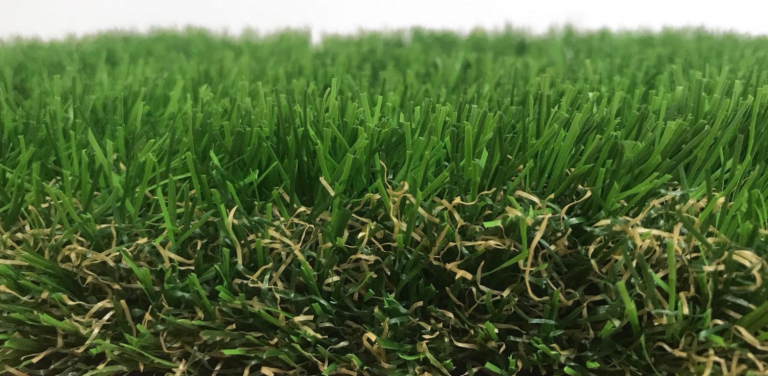Non infill vs infill artificial grass. Which should I choose?

Should sand infill be used on artificial grass? The simple answer is, it depends! The majority of artificial grass modern artificial grass products are manufactured to be Non-Infill – so they do not require sand infill. However, please check with the manufacturer, as this will vary from supplier to supplier.
Note: all of our products are non-infill artificial grass!
You may still be wondering what sand infill actually is and why it was historically used with artificial grass. Sand infill was typically needed for an artificial lawn for these reasons:
- To assist weak blades in standing up
- To hold the grass in position
- To protect from UV degradation
- To prolong the life of the artificial lawn
As mentioned most artificial grass products these days are manufactured to be non-infill. Here are Forever Green Lawns, we only supply non-infill artificial grass. Browse our full range of artificial grass here.
The disadvantages of sand infill
There are companies who, once they have laid the grass, will still infill with kiln dry or silica sand, but this strategy can lead to several problems:
- Restricted drainage – The sand can clog the drainage holes in the grass. Generally, a roll of grass is manufactured with a holed backing that is concealed within the pile height and not visible when laid. The sand can clog up this backing meaning the grass will remain moist.
- You could get messy – If you’ve ever played on a field with sand infill you know it can get everywhere! This eliminates one of the key benefits of installing artificial grass it’s mess free!
- Weed growth – A sand infill base can become very prone to airborne pollination. The last thing you want is to have a perfect looking lawn with weeds growing up in the product.
The history of sand infill
Artificial grass products have come a long way since their first introduction in the early 1960s.
Many of the products produced were mainly used for sports such as football and rugby. Landscaping was not considered as a primary thought.
Over the years though, demand in the use and benefits of having a synthetic lawn have increased along with changes and improvements in the products.
Early products were manufactured to be in-filled with kiln dry sand, this assisted with the durability of the products as they were primarily used for sports.
But now demand for non- infill grass for garden and lawns has soared.
These products have been manufactured with a curled thatched coloured root inlay system, which helps to maintain the fibres without letting them fall.
Grass with curled thatched coloured root.
By adding this root system it has enabled the installation to be completed without the need to infill with kiln dry sand.
Not only are the products denser and more realistic in their looks, by not adding kiln dry sand, but this has also helped reduce the probability of weeds growing in your perfect looking artificial grass lawn.
We believe artificial grass is designed to be mud and mess free but also requires very little maintenance. All of our products are manufactured as non-infill fake grass products, so are installed without any form of infill.
Further reading:
Related topics
- Artificial Grass Drainage Frequently Asked Questions
-
Read More
Is drainage important for artificial grass? Definitely! It is crucial that rainwater is syphoned away from the grass.
- How to Choose Artificial Grass
-
Read More
What is the best artificial grass? Find out how to choose artificial grass


